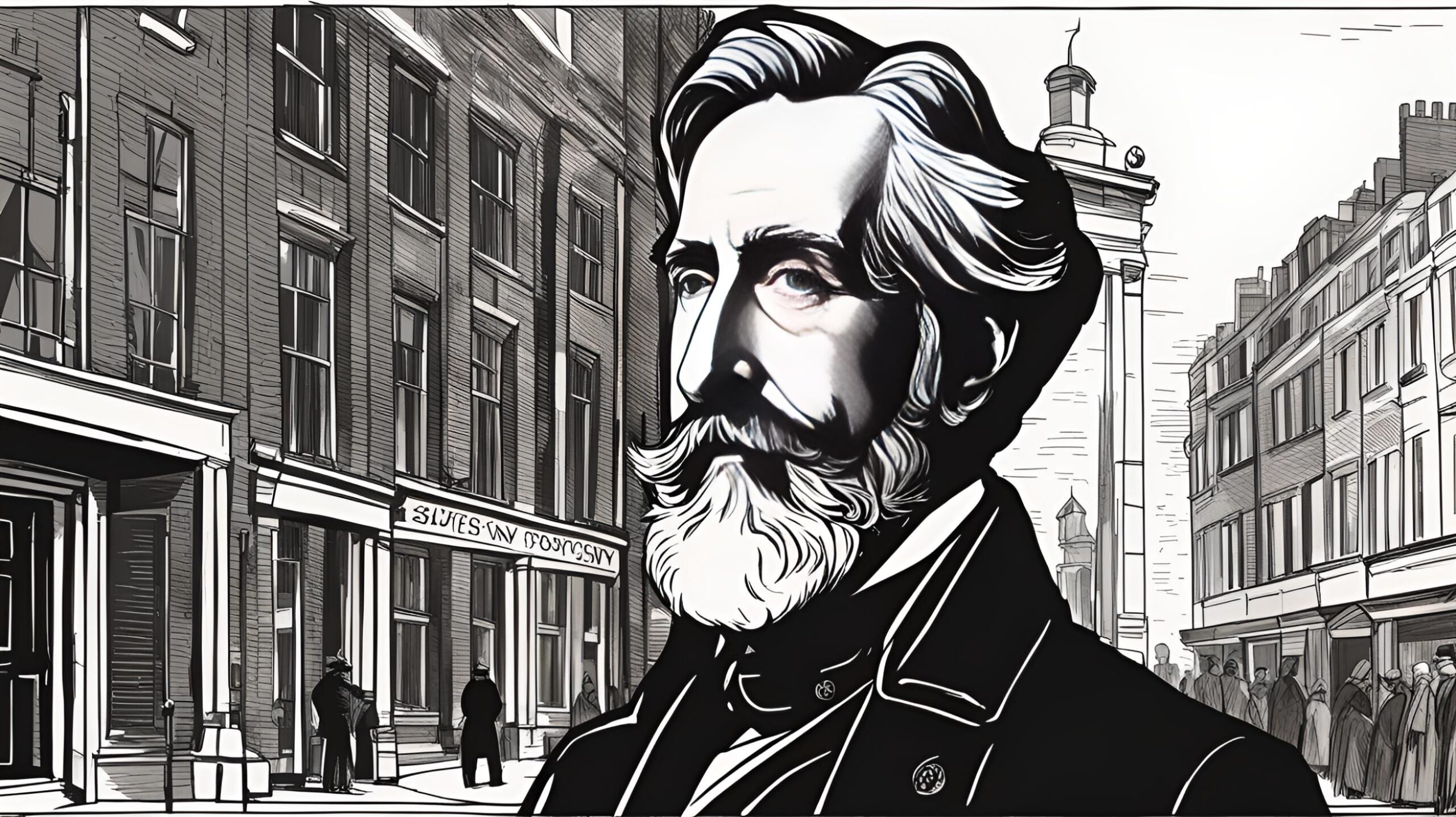Flashback to July 5
American History

April 1, 1826, marks an important day in history as Samuel Morey, an American inventor and engineer, patented the internal combustion engine. This groundbreaking invention laid the foundation for the development of modern transportation and revolutionized various industries. In this article, we will explore the significance of Morey’s invention and delve into the impact it had on society.
The internal combustion engine can be seen as one of the key inventions that ushered in an era of rapid industrialization and advancements in technology. Prior to Morey’s patent, steam engines were primarily used for power generation, but they had limitations in terms of size, efficiency, and portability. Morey’s engine, on the other hand, was compact and could generate power through the combustion of fuel within its cylinders.
One of the notable aspects of Morey’s engine was its versatility. It could be used in a variety of applications, from powering boats and locomotives to driving machinery in factories. This versatility significantly expanded the possibilities for transportation and mechanization, leading to increased productivity and economic growth.
The internal combustion engine also played a crucial role in the development of automobiles. While the first true automobile is often credited to Karl Benz in the late 19th century, Morey’s engine laid the groundwork for this innovation. By providing a compact and efficient means of converting fuel into mechanical power, Morey’s engine set the stage for the future advancements in automobile production and design.
Furthermore, the internal combustion engine brought about a paradigm shift in the energy industry. The ability to efficiently harness the power of combustion opened up new possibilities for fuel sources. Initially, Morey’s engine ran on ethanol, but over time, gasoline emerged as the dominant fuel for internal combustion engines. This led to a significant growth in the oil industry, as gasoline became a widely traded commodity.
The widespread adoption of the internal combustion engine also had a profound impact on society and the environment. On one hand, it provided unprecedented freedom of movement, enabling people to travel greater distances in shorter timeframes. This meant easier access to goods and services, as well as opportunities for exploration and tourism. On the other hand, the increasing reliance on fossil fuels for transportation contributed to environmental issues such as air pollution and climate change.
As the world grew more dependent on the internal combustion engine, efforts to improve its efficiency and reduce its environmental impact became paramount. The development of catalytic converters, fuel injection systems, and alternative fuels aimed to address these concerns. Additionally, advancements in hybrid and electric vehicles have provided alternatives to traditional internal combustion engines, promoting a cleaner and more sustainable means of transportation.
Samuel Morey’s patent of the internal combustion engine on April 1, 1826, marked a pivotal moment in history. This invention revolutionized transportation, spurred industrialization, and shaped the energy industry. While the internal combustion engine brought tremendous advancements, it also presented challenges for the environment. As we move forward, it is vital to continue developing cleaner and more sustainable alternatives to ensure a greener future.
We strive for accuracy. If you see something that doesn't look right, click here to contact us!
Sponsored Content

William Booth founded Salvation…
"On July 5, 1865,…

Engagement at Carthage, Missouri.
The Engagement at Carthage,…

C Jackson discovers asteroids…
On July 5, 1937,…

Committee of 9 appointed…
On July 5, 1843,…

William Shockley invents the…
On July 5, 1951,…

President Franklin Roosevelt signs…
On July 5, 1935,…

